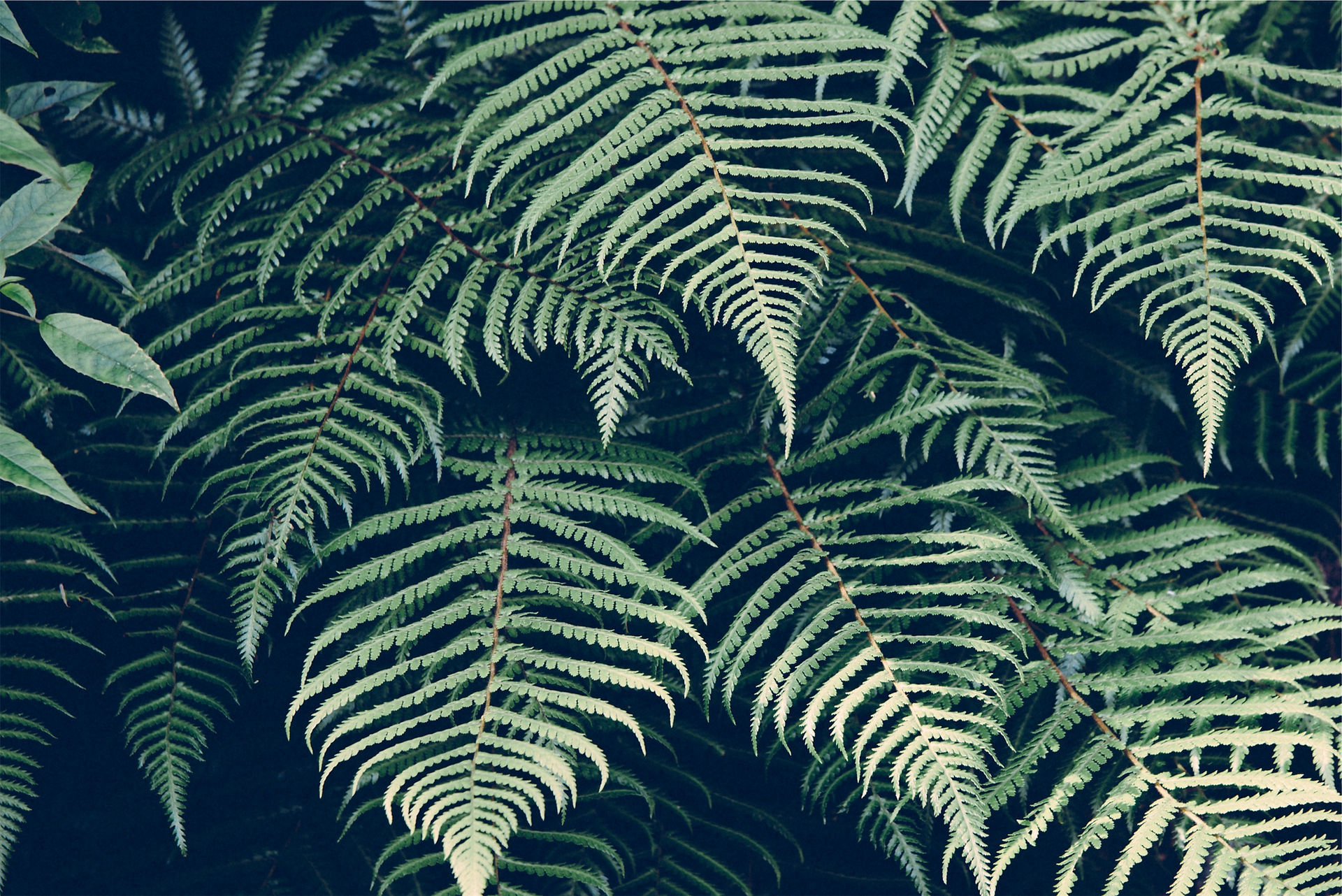Bromeliads
- Fiore Garden Centre

- Jul 20, 2020
- 2 min read
Bromeliad plants provide an exotic touch to your home and bring a sense of the tropics. Growing a bromeliad as a houseplant is easy and brings interesting texture and color to the interior garden.
The unusual appearance of the bromeliad would seem to indicate that the plant is high maintenance and requires special gardening skills, however, they are the easiest plants to take care of.
With its thick foliage that grows in a natural rosette, this plant is spectacular.
Near the end of its life, a bromeliad plant may produce an inflorescence, or flower, whose form and color vary widely among each variety. The wide leaves are sword shaped or scoop-like and grow around a central “cup.” This cup catches water in the plant’s habitat. Bromeliad plants are often epiphytic and cling to trees or other structures. They are not parasitic but simply use the structures as perches from which to gather sun and moisture.
The plants need medium to bright light as indoor specimens. The plant doesn’t need deep pots or thick potting soils. They do even better in shallow pots and may grow in low soil mediums such as orchid mix, a blend of bark, sphagnum moss and other organic amendments.
Bromeliad plant care is easy and requires no special tools or fertilizers. Feed the plants with a half strength fertilizer every month in the growing season. Water needs are easily achieved by filling the cup at the base of the leaves. The water that collects in the pot should be emptied out weekly to remove debris and dead insects that stagnant water tends to lure into the cup. Set the pot in a saucer of gravel filled partially with water to increase humidity and help provide a moist atmosphere. Make sure the roots are not submerged in the water or this might invite rot.
If your bromeliad plant begins to die within a year or two. These epiphytes are not long lived but will generally start to die back after flowering. Although interior bromeliad plants will fail after a while and cease growth, they will produce offsets, or pups, that you can remove and start as new plants.










Comments